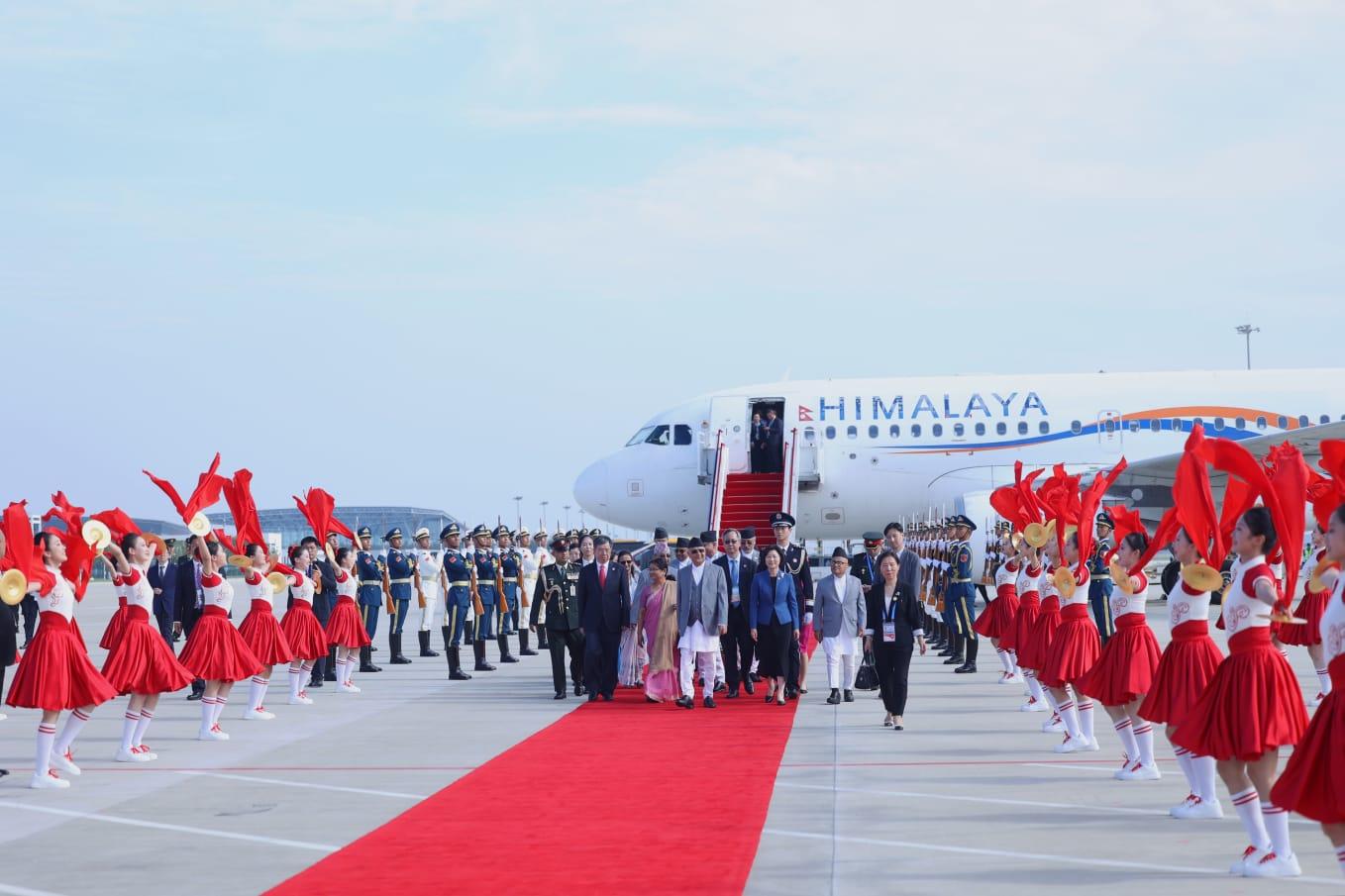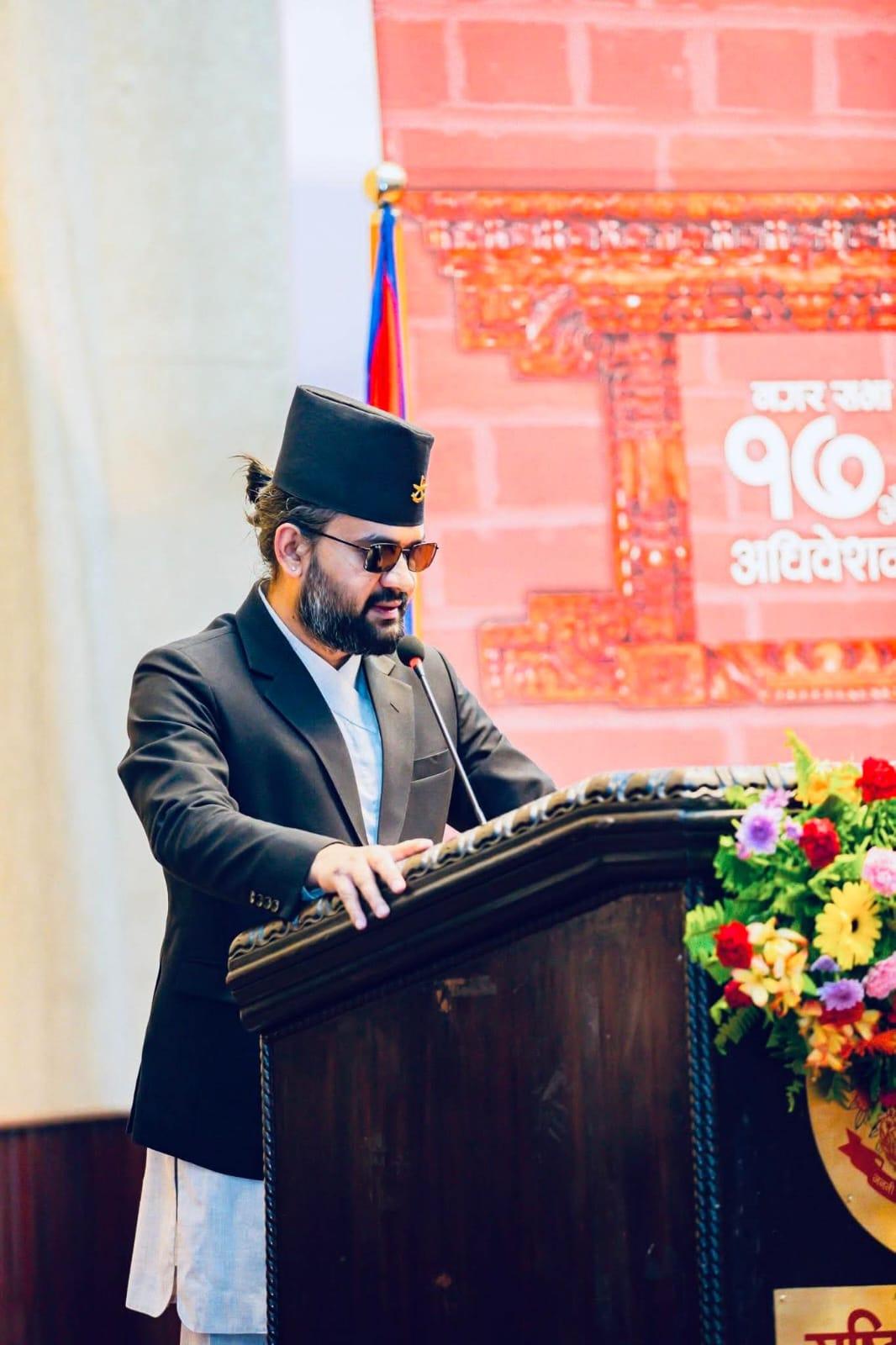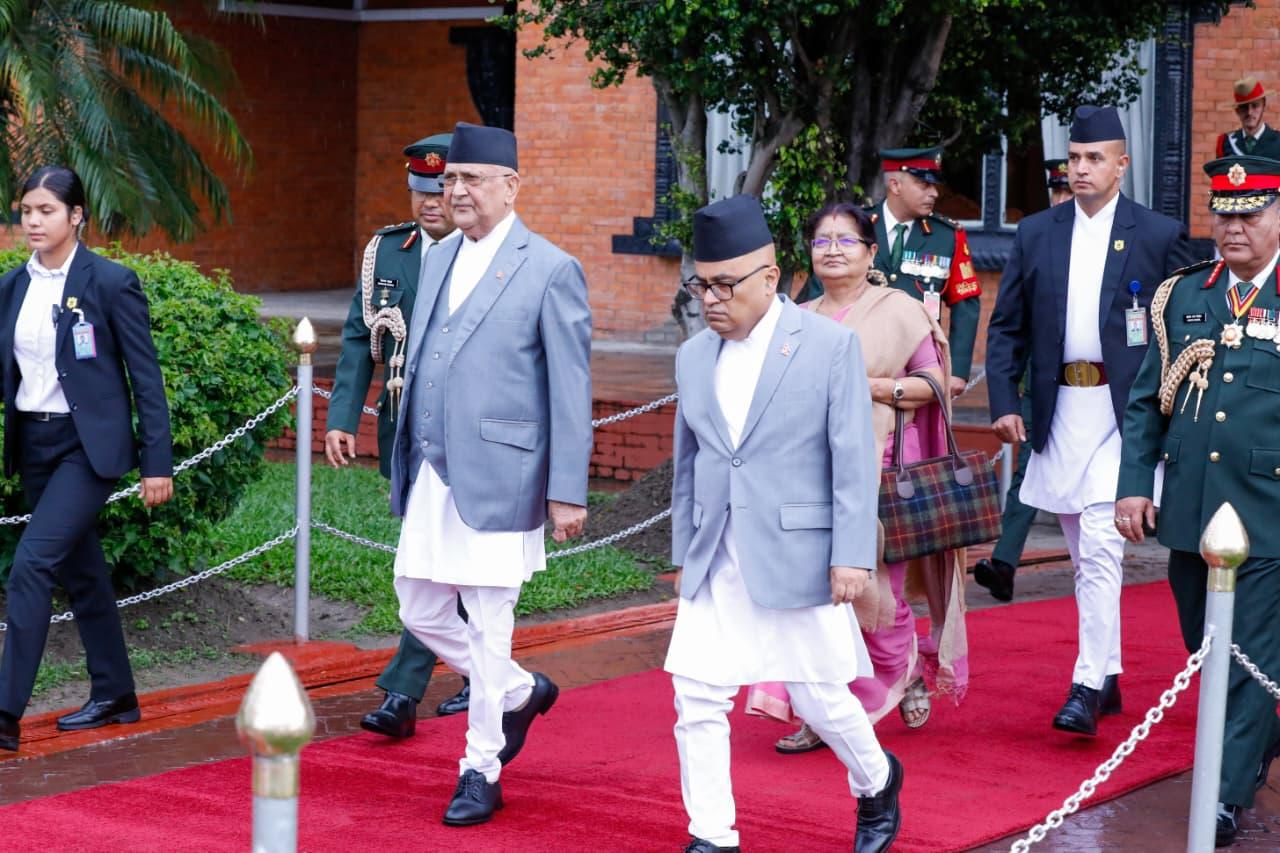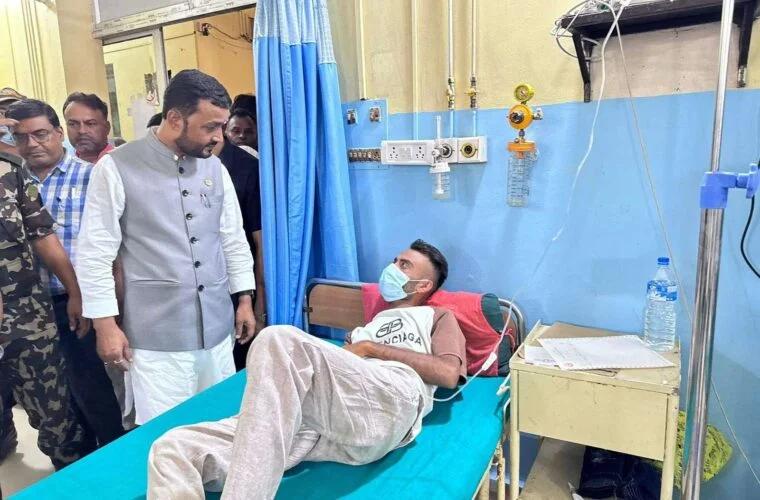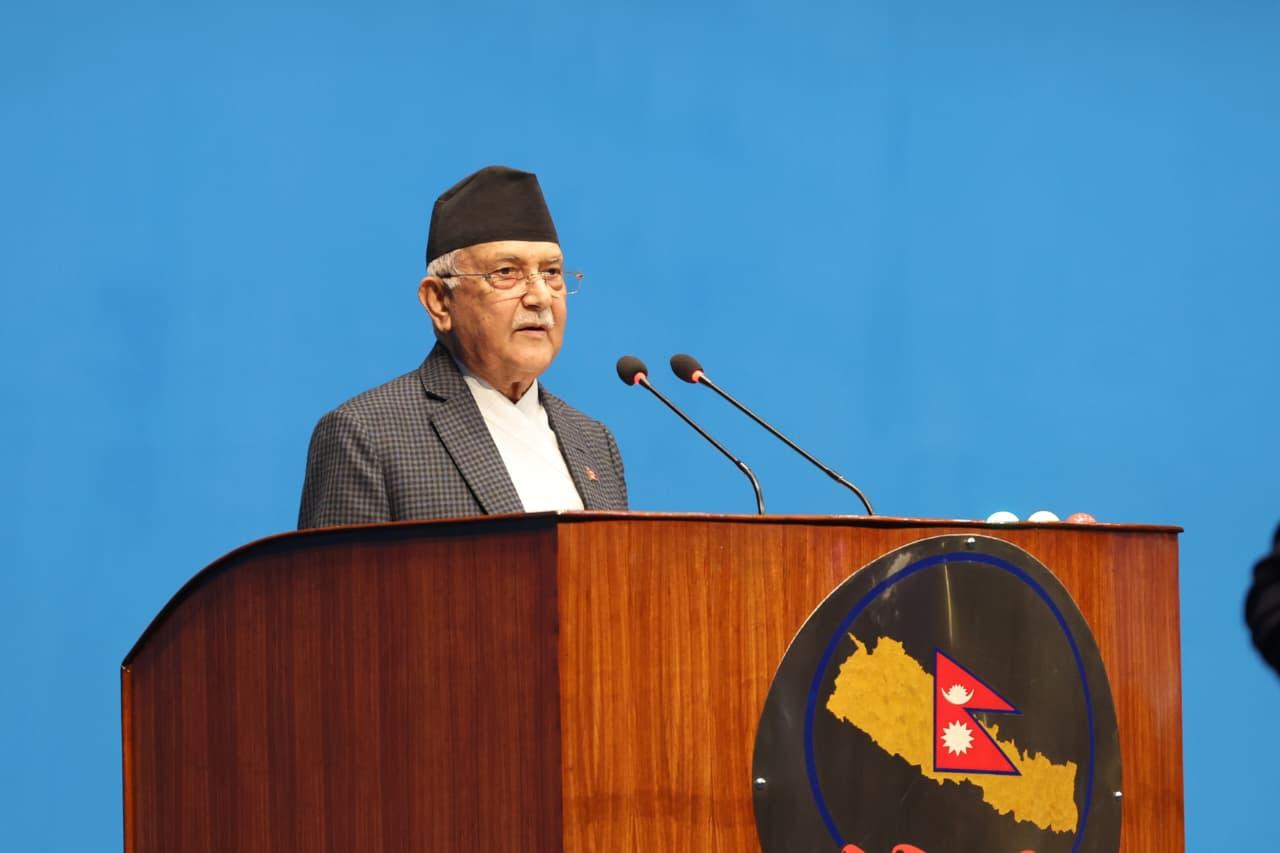The recent flood in Rasuwa’s Lhende River was triggered by a glacial lake outburst, a DHM study confirms, citing satellite images that show a significant shrinkage in the lake near the Nepal-China border.
nvn news
Fri Jul 11 2025

A recent flash flood in Rasuwa’s Lhende River, near the Nepal-China border, was caused by the sudden burst of a glacial lake, according to a preliminary study by Nepal’s Department of Hydrology and Meteorology (DHM).
The lake, located about 36 kilometres north of Rasuwagadhi at an altitude of around 5,150 meters, had formed on top of a glacier, known as a ‘supraglacial’ lake. Before the flood, the lake covered about 0.75 square kilometers. After the flood, satellite images showed it had shrunk to around 0.60 square kilometers, confirming that a large amount of water had suddenly drained and flowed downstream.
DHM experts used satellite images from before and after the July 5–8 flood to measure the changes. The data clearly showed a decrease in the lake’s size and visible damage in the lower river areas. Vegetation indexes from the same dates also showed major differences, proving that floodwaters had affected the environment.
DHM says more details will come from China’s on-site reports and further satellite data. Meanwhile, scientists from ICIMOD have also confirmed that the Bhotekoshi flood was indeed caused by this glacial lake burst, raising concerns about rising climate-related risks in Himalayan regions.
No comments yet

